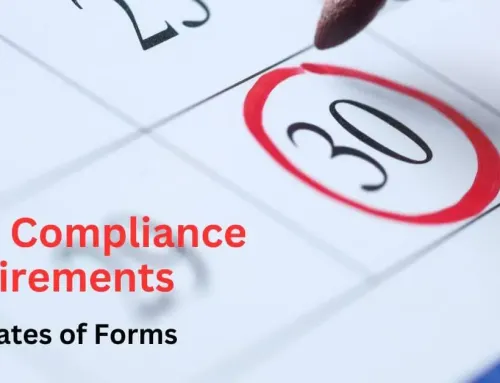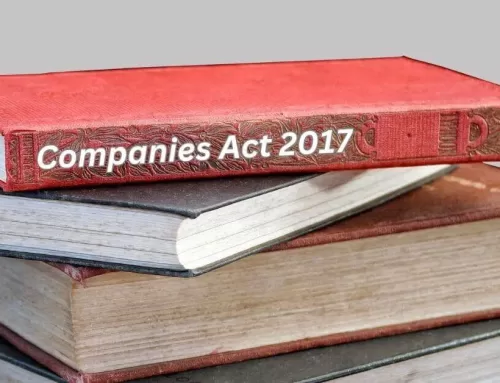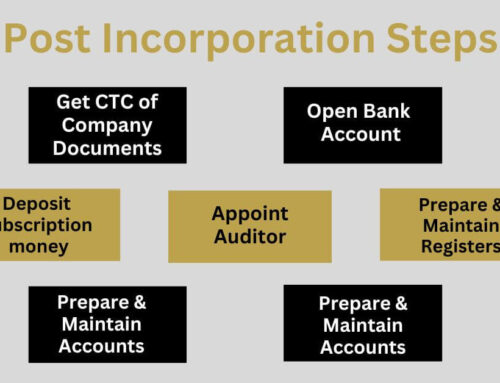Overview
- Who is the Chief Executive Officer under the law?
- Who Can Be a Chief Executive?
- Appointment of Chief Executive Officer
- Terms and Conditions of Appointment of Chief Executive
- Eligibility to become a Chief Executive
- Roles and Responsibilities of Chief Executive Officer
- Removal of Chief Executive Officer
- Conclusion
Chief Executive Officer (short form: CEO) is another key management position in a company after the board of directors. He is also called the principal officer of a company. He leads the teams to run the day-to-day affairs of a company. His role is critical as a decision-maker to set the direction of the company, in line with the policies formulated by the board of directors. A CEO is appointed by the board of directors usually for a fixed period upon the terms and conditions fixed by the board.
In this article, we will discuss the eligibility, appointment, removal, role, and responsibilities of the CEO under the provisions of the Companies Act, 2017.
Who is the Chief Executive Officer under the law?
The Companies Act, 2017 designates the Chief Executive Officer as “Chief Executive” and defines it as;
“an individual who, subject to control and directions of the board, is entrusted with whole, or substantially whole, of the powers of management of affairs of the company. and includes a director or any other person occupying the position of a chief executive, by whatever name called, and whether under a contract of service or otherwise.
This means that the CEO is an individual (cannot be a body) who is responsible for managing the affairs of the company subject to the control of the board of directors.
Who Can Be a Chief Executive?
From the definition above, it is clear that one of the directors can also be appointed as CEO of a company. And if decided by the board any other person can be appointed as the CEO to manage the affairs of the company. A CEO can be appointed under a contract of service or otherwise. This means the CEO of a company may be an employee or he may get remuneration for his service in other ways like equity stake.
Appointment of Chief Executive Officer
The law requires every company to have a Chief Executive Officer (Chief Executive as designated by the law). The CEO is appointed at the time of incorporation of the company and then upon election of the directors.
First Chief Executive
The law provides that the name of the first Chief Executive shall be determined by the subscribers of the memorandum of association. His particulars as specified through Form 29 shall be submitted along with the documents for the incorporation of the company.
Term of the First Chief Executive
The first CEO of the company (appointed at the time of incorporation) will hold the office till the first general meeting unless he resigns, is removed, or ceases to hold office or if a shorter period is fixed by the subscribers.
Subsequent Chief Executive
The term of office of the first CEO will end on the first Annual General Meeting along with the first directors. The members will elect the new director in the AGM and the elected directors (Board of Directors) will appoint the new CEO within 14 days from the date of their election.
The board may appoint any person including an elected director as the Chief Executive Officer of the company, who will hold the office for a term of a maximum of three years. However, if a person is appointed as CEO to fill a casual vacancy, the term of the office will expire at the time of the election of new directors.
However, there is no restriction on re-appointment of a person as CEO for successive terms.
Terms and Conditions of Appointment of Chief Executive
The terms and conditions of the appointment of the chief executive shall be determined by the board or the company in a general meeting under provisions in the Articles of the Company.
The CEO may be appointed under a contract of service for a fixed salary or his remuneration may be in the form of shareholding in the company to entitle him get dividends. The remuneration package of the CEO may be a combination of fixed salary and equity shares.
Eligibility to become a Chief Executive
The law provides that the CEO of a company is a deemed director. Therefore, to become a CEO, a person must fulfill the eligibility criteria for appointment as a director of a company.
Roles and Responsibilities of Chief Executive Officer
The CEO of a company is responsible for the overall management of the company, subject to roles and responsibilities clearly defined by the board of directors and under their supervision.
Apart from the overall management function, the chief executive shall be responsible for the following:
- File and defend all the legal cases filed by or against the company;
- Authenticate financial statements of the company including the consolidated financial statements on behalf of the board after the said financial statements have been approved by the board.
- Ensure payment of the dividends declared by board of the directors
- In the case of a public company the CEO shall not engage himself in a business directly or indirectly having the same nature as of the company and it competes with the business of the company of which he is chief executive or its subsidiary company. Any person who is appointed as Chief Executive of a public company shall immediately disclose to the company in writing the nature of the business and his interest in that respect.
- It is the responsibility of a chief executive to pay the dividend, after the declaration of said dividend by the board, to the shareholders against their shares as per the prescribed manner.
Removal of Chief Executive Officer
A chief executive may be removed before the completion of the term of his office by the board of directors, the company in general meeting, and the court by an order on the application of the Commission/SECP.
- Regardless of anything contained in the articles of company or an agreement between the company and the Chief Executive, he can be removed by the directors through a resolution passed by 3/4th majority of the total number of directors
- The member may remove the CEO through a special resolution in a general meeting
- The government or any authority or person authorized by it shall have the power to remove the Chief Executive where more than 75% of voting rights are held by the government.
- The Chief Executive can also be removed through an order of the court if the Commission/SECP applies to the court by giving evidence to satisfy the court in that respect.
Conclusion
The CEO of a company is the principal officer, appointed by the subscriber of the memorandum or the board of directors. He is responsible for the overall management of the company subject to control and supervision of the board. In addition to his general role, he is responsible for certain specific functions. The board or the members of the company may remove the CEO before the expiry of his term.





























Leave A Comment